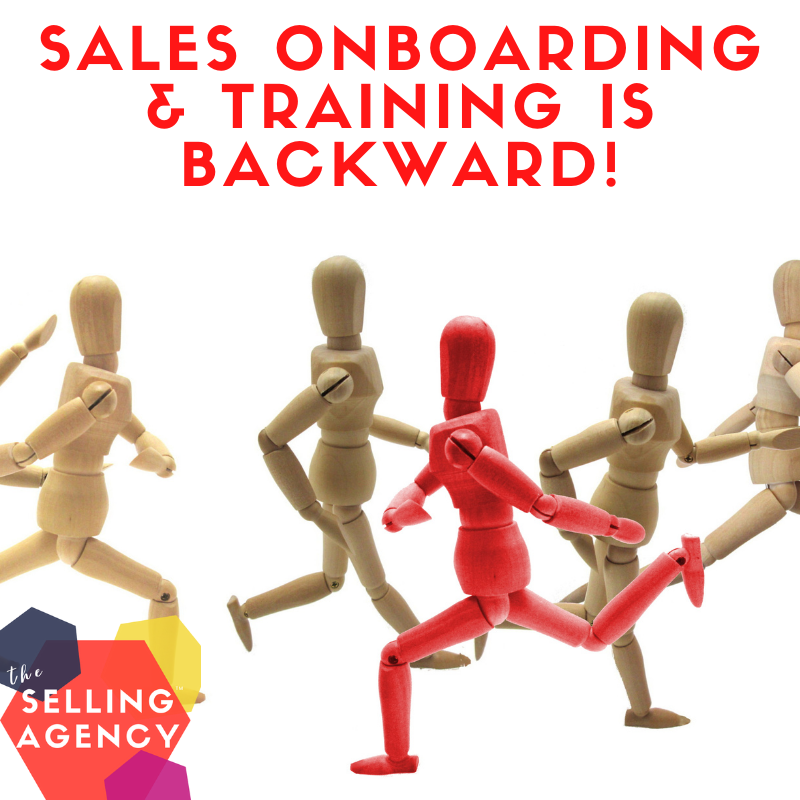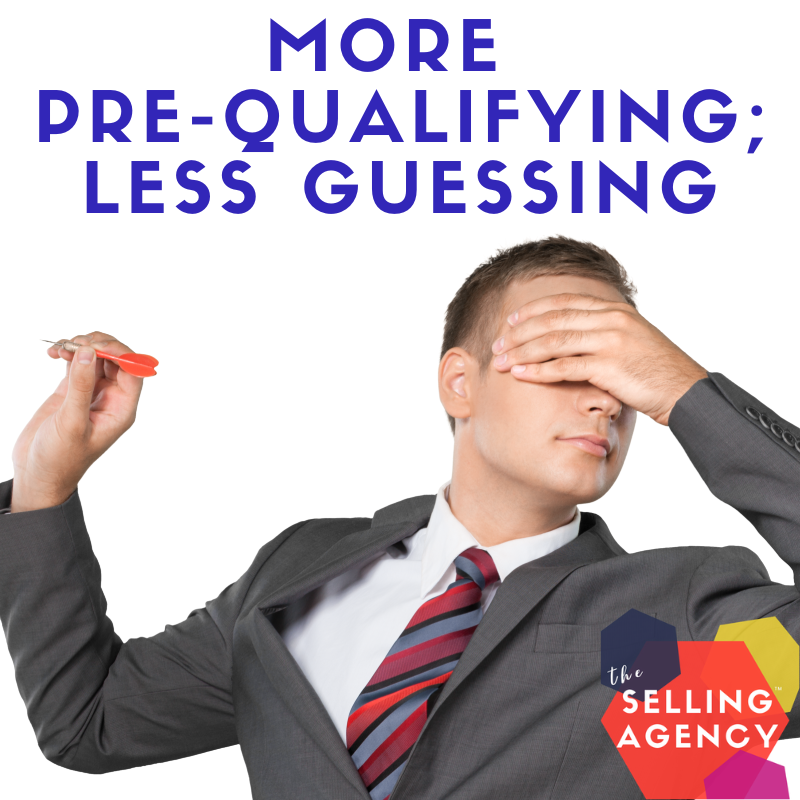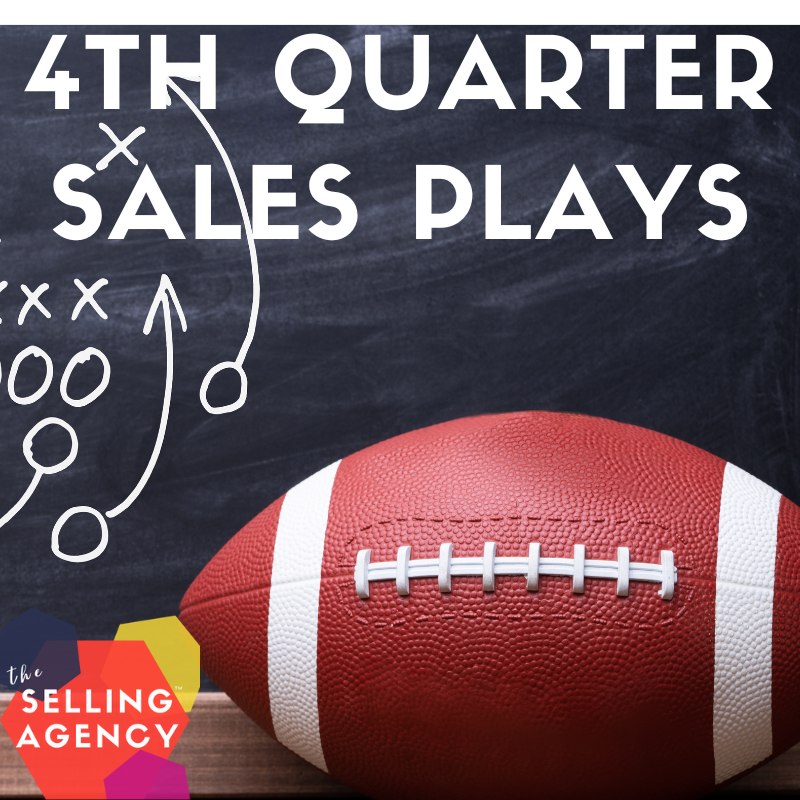Why do we love toddlers and small humans in weddings? It’s not because ring bearers and flower girls perfectly execute their duties with the style and panache of professionals.
It’s because, in spite of rehearsals, practices and coaching, we know that they are a wild card and are capable of melting down, going off course or going completely rogue with something extremely cute.
Those unexpected moments are fun in weddings. They make for great stories and funny videos. Unexpected. Unpredictable. Wild Cards. Cute for toddlers in tiny tuxes . . . but NOT fun in the sales process.
I’m not comparing buyers to toddlers but buyers are individuals and have unique experiences, filters, needs, and currencies – and act according to their own rules – not according to what your sales process suggests they will do.
So, I’m perplexed about why we onboard and train sellers so little on how to handle those variables and wildcards.
How we onboard and train salespeople is backward.
Thinking back to every one of my sales positions, I can tell you the first thing I learned about when I showed up – it was all about the product.
Where is the focus for most sales training? Product details, product lines, terms, margins, revenue.
Where in onboarding and training do we start talking about the biggest variables . . . the customers?
Why aren’t we preparing for all the customer variables?
If we teach salespeople that the most important thing is our product and the features of our product – THAT’s where we’ve ingrained the selling focus.
We spend time and energy training on the fixed circumstances or products that we are selling – their features, terms, conditions, process . . . and way too little time training on the variables: What’s important to the customer. What their expectations are. What are their priorities? All these things we don’t know.
We don’t spend nearly enough time training on how we figure out those things and how we would respond to those variables.
Those variables, though, are what determine whether we’re going to be successful with the customer or not.
Stop focusing on fixed conditions and start training on variable scenarios.
If when new sellers come on board we engrossed them in the world of the customer – what could be important to each of them, what their day is like, who in the organization they build relationships with . . . then the CUSTOMER is the filter and the focus when they go out into the world to sell.
If you want to radically transform your seller’s ramp-up time and speed to market, change the way you onboard and train your sales teams!
Write your training programs and your sales playbook from your customers’ perspective:
- Why do they need our products?
- How or why do they make purchasing decisions?
- Why would they decide to change?
- What do features mean to them?
- Who in the organization does the product or solution impact?
Match every feature and your value proposition through how your customers would view it.
Fight the urge to start your sellers off by talking about your product, your company, and your objectives. Spend time understanding the variables your sellers will run into and train on how to handles various scenarios.
Prepare your sellers to be flexible and responsive.
Leave cute and unpredictable for flower girls and ring bearers.
Until next time, stop hoping, start SELLING!
-sks











